Goethe's Color Theory
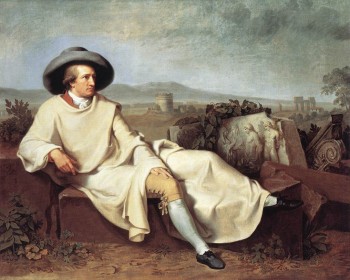
Goethe in Italy by Tischbein
A little noticed anniversary this year is that of Goethe’s Color Theory, originally published in 1810 in a volume 1,400 pages thick. According to Goethe:
“That I am the only person in this century who has the right insight into the difficult science of colors, that is what I am rather proud of, and that is what gives me the feeling that I have outstripped many.”
Here is how the site Color, Vision and Art, sums up Goethe’s work:
Goethe reformulates the topic of color in an entirely new way. Newton had viewed color as a physical problem, involving light striking objects and entering our eyes. Goethe realizes that the sensations of color reaching our brain are also shaped by our perception — by the mechanics of human vision and by the way our brains process information. Therefore, according to Goethe, what we see of an object depends upon the object, the lighting and our perception.
Goethe seeks to derive laws of color harmony, ways of characterizing physiological colors (how colors affect us) and subjective visual phenomena in general. Goethe studies after-images, colored shadows and complementary colors. And he anticipates Hering’s “opponent-color” theory, which is one basis of our understanding of color vision today. Above all, Goethe appreciates that the sensation of complementary colors does not originate physically from the actions of light on our eyes but perceptually from the actions of our visual system.

Goethe’s diagrams in the first plate of Zür Farbenlehre (Theory of Colors) include a colorwheel and diagrams of distorted color perception. The bottom landscape is how a scene would look to someone who was blue-yellow color blind.
Should you be summering in Goethe’s homeland, there are a range of exhibitions around the Farbenlehre. You can find what and where by clicking here. If you are staying home this summer, and can’t get a hold of a copy of the book via your public library, you can find a rather extensive article on the Farbenlehre in the Wikipedia, here. The article starts with the following paragraphs:
Theory of Colours (original German title, Zur Farbenlehre) is a book by Johann Wolfgang von Goethe published in 1810. It contains some of the earliest published descriptions of phenomena such as coloured shadows, refraction, and chromatic aberration.
Its influence extends primarily to the art world, especially among the Pre-Raphaelites. J. M. W. Turner studied it comprehensively, and referenced it in the titles of several paintings (Bockemuhl, 1991[1]). Wassily Kandinsky considered Goethe’s theory “one of the most important works.”[2]
Although Goethe’s work was never well received by physicists, a number of philosophers and physicists have been known to have concerned themselves with it, including Arthur Schopenhauer, Kurt Gödel, Werner Heisenberg, Ludwig Wittgenstein, and Hermann von Helmholtz. Mitchell Feigenbaum had even convinced himself that ‘Goethe had been right about colour!’ (Ribe & Steinle, 2002[3]).
In his book, Goethe provides a general exposition of how colour is perceived in a variety of circumstances, and considers Isaac Newton‘s observations to be special cases.[4] Goethe’s concern was not so much with the analytic measurement of colour phenomenon, as with the qualities of how phenomena are perceived. Science has come to understand the distinction between the optical spectrum, as observed by Newton, and the phenomenon of human colour perception as presented by Goethe.

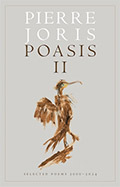 Poasis II: Selected Poems 2000-2024
Poasis II: Selected Poems 2000-2024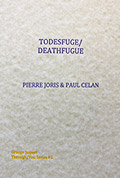 “Todesguge/Deathfugue”
“Todesguge/Deathfugue”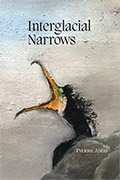 “Interglacial Narrows (Poems 1915-2021)”
“Interglacial Narrows (Poems 1915-2021)”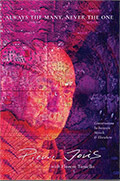 “Always the Many, Never the One: Conversations In-between, with Florent Toniello”
“Always the Many, Never the One: Conversations In-between, with Florent Toniello”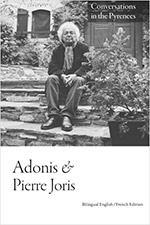 “Conversations in the Pyrenees”
“Conversations in the Pyrenees”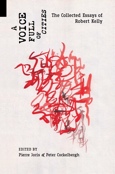 “A Voice Full of Cities: The Collected Essays of Robert Kelly.” Edited by Pierre Joris & Peter Cockelbergh
“A Voice Full of Cities: The Collected Essays of Robert Kelly.” Edited by Pierre Joris & Peter Cockelbergh “An American Suite” (Poems) —Inpatient Press
“An American Suite” (Poems) —Inpatient Press “Arabia (not so) Deserta” : Essays on Maghrebi & Mashreqi Writing & Culture
“Arabia (not so) Deserta” : Essays on Maghrebi & Mashreqi Writing & Culture “Barzakh” (Poems 2000-2012)
“Barzakh” (Poems 2000-2012) “Fox-trails, -tales & -trots”
“Fox-trails, -tales & -trots”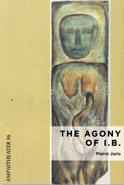 “The Agony of I.B.” — A play. Editions PHI & TNL 2016
“The Agony of I.B.” — A play. Editions PHI & TNL 2016 “The Book of U / Le livre des cormorans”
“The Book of U / Le livre des cormorans”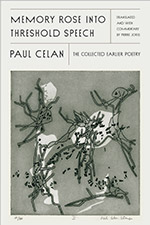 “Memory Rose Into Threshold Speech: The Collected Earlier Poetry of Paul Celan”
“Memory Rose Into Threshold Speech: The Collected Earlier Poetry of Paul Celan”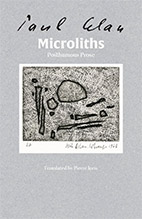 “Paul Celan, Microliths They Are, Little Stones”
“Paul Celan, Microliths They Are, Little Stones”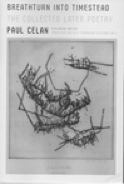 “Paul Celan: Breathturn into Timestead-The Collected Later Poetry.” Translated & with commentary by Pierre Joris. Farrar, Straus & Giroux
“Paul Celan: Breathturn into Timestead-The Collected Later Poetry.” Translated & with commentary by Pierre Joris. Farrar, Straus & Giroux
Nice little anniversary article. Congrats Goethe. We are still studying your ideas on colour 200 years later!